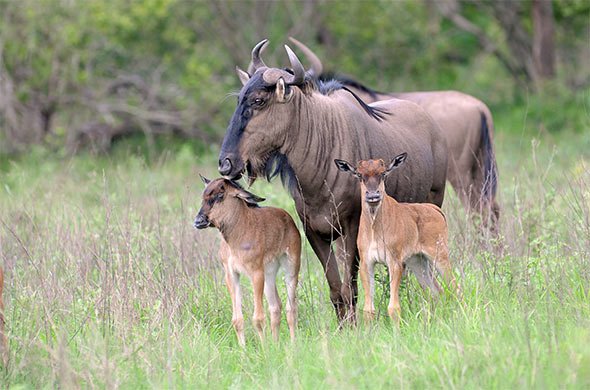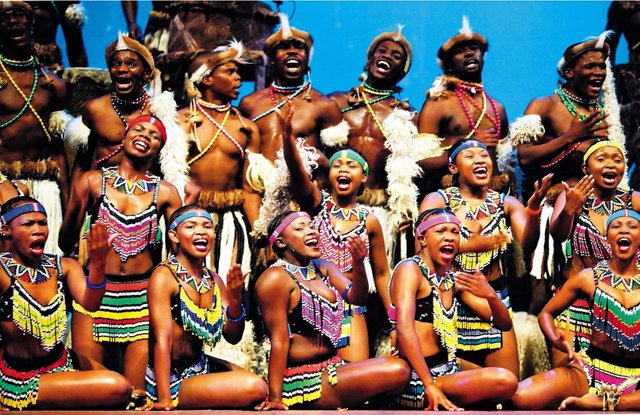Life in South Africa
South Africa is a large, diverse and incredibly beautiful country. The size of France and Spain combined, and roughly twice the size of Texas, it varies from the picturesque Garden Route towns of the Western Cape to the raw subtropical coast of northern KwaZulu-Natal, with the vast Karoo semi-desert across its heart and one of Africa’s premier safari destinations, Kruger National Park, in the northeast.

It’s also one of the great cultural meeting points of the African continent, a fact obscured by decades of enforced racial segregation, but now manifest in the big cities.Many visitors are pleasantly surprised by South Africa’s excellent infrastructure, which draws favourable comparison with countries such as Australia or the United States. Good air links and bus networks, excellent roads and a growing number of first-class B&Bs and guesthouses make South Africa a perfect touring country. For those on a budget, mushrooming backpacker hostels and backpacker buses provide cost-efficient means of exploring the vast number of places to visit.Yet, despite all these facilities, South Africa is also something of an enigma; after nearly two decades of non-racial democracy, the “rainbow nation” is still struggling to find its identity.
Apartheid may be dead, but its heritage still shapes South Africa in a very physical way. Nowhere is this more evident than in the layout of towns and cities; the African areas – generally poor – are usually tucked out of sight.South Africa’s population doesn’t reduce simply to black and white. The majority are Africans (79.5 percent of the population); whites make up nine percent, followed by coloureds (just under nine percent) – the descendants of white settlers, slaves and Africans, who speak English and Afrikaans and comprise the majority in the Western Cape. The rest (2.5 percent), resident mainly in KwaZulu-Natal, are descendants of Indians, who came to South Africa at the beginning of the twentieth century as indentured labourers.Even these statistics don’t tell the whole story.

A better indication of South Africa’s diversity is the plethora of official languages, most of which represent a distinct culture with rural roots in different parts of the country. In each region you’ll see distinct styles of architecture, craftwork and sometimes dress. Perhaps more exciting still are the cities, where the whole country comes together in an alchemical blend of rural and urban, traditional and thoroughly modern.Crime isn’t the indiscriminate phenomenon that press reports suggest, but it is an issue. Really, it’s a question of perspective – taking care but not becoming paranoid. Statistically, the odds of becoming a victim are highest in downtown Johannesburg, where violent crime is a daily reality. Other cities present a reduced risk – similar to, say, some parts of the United States.